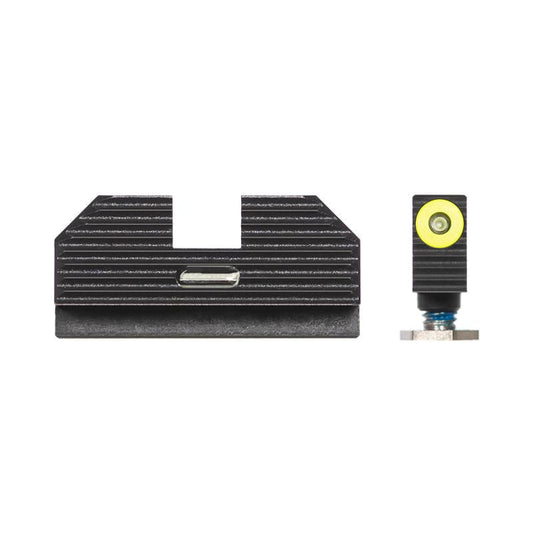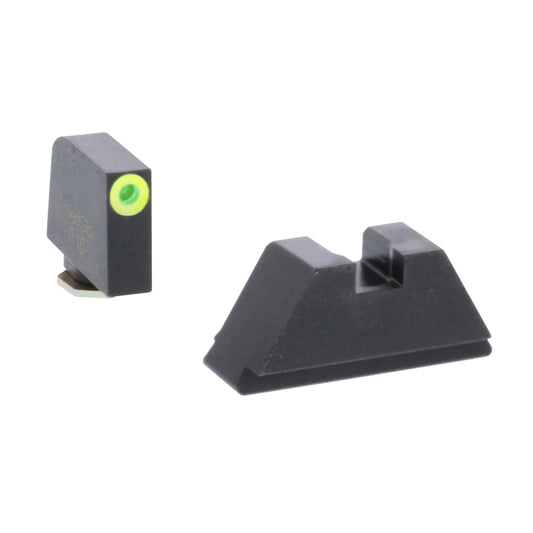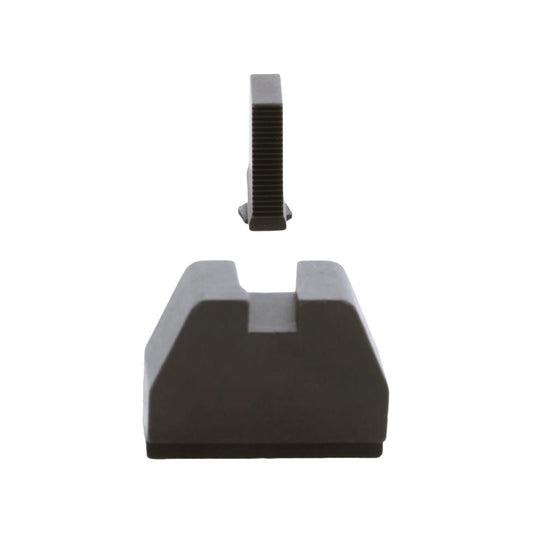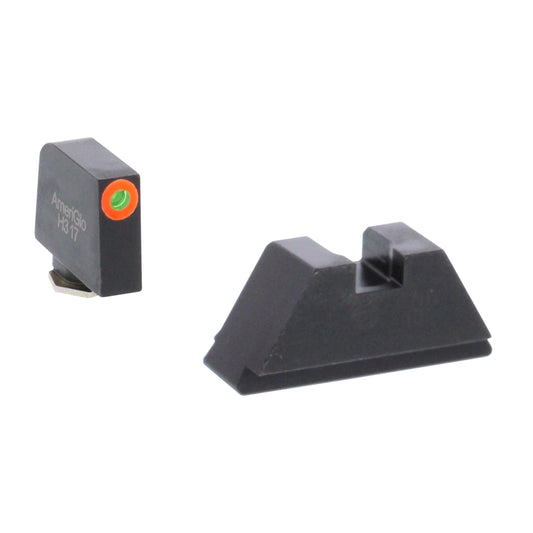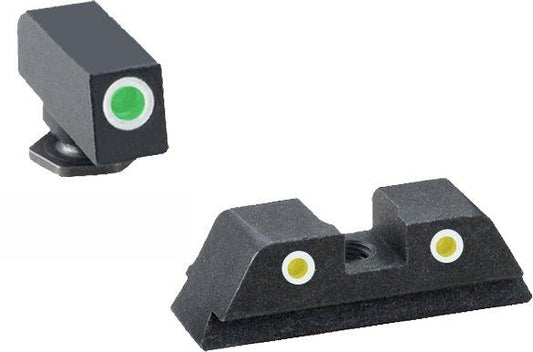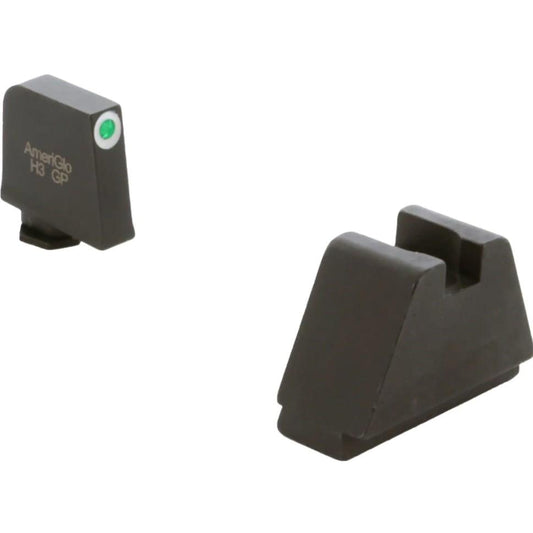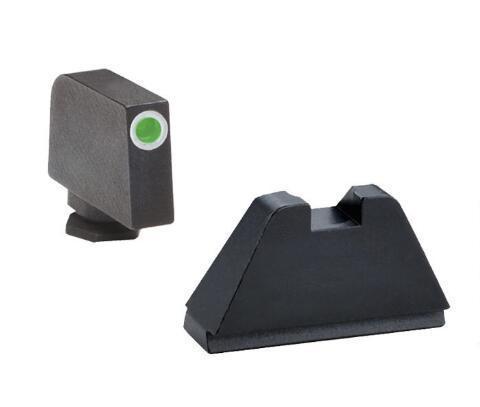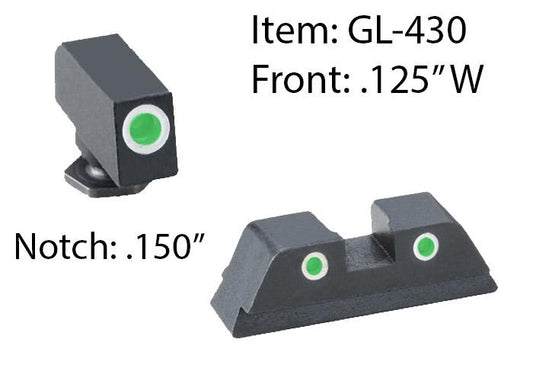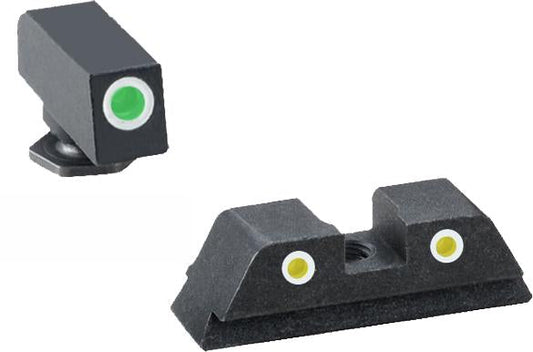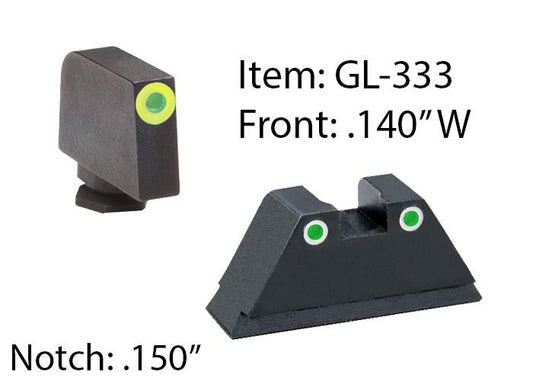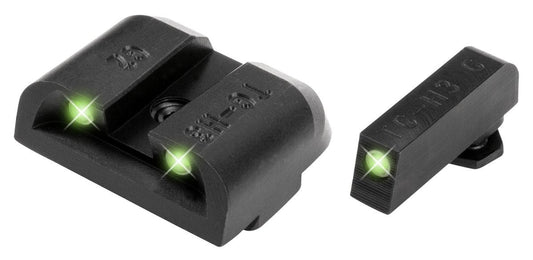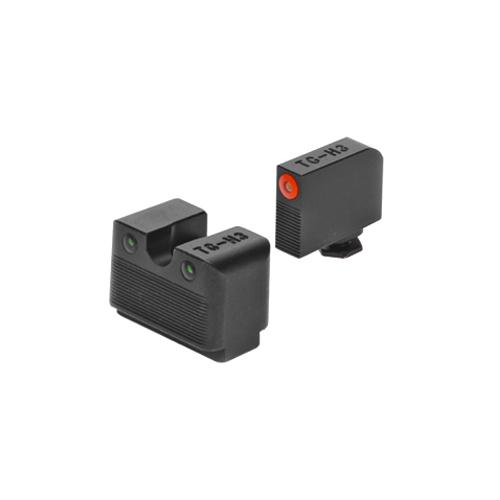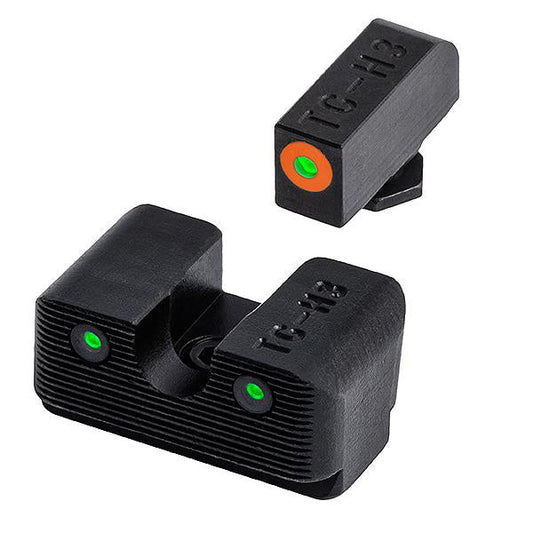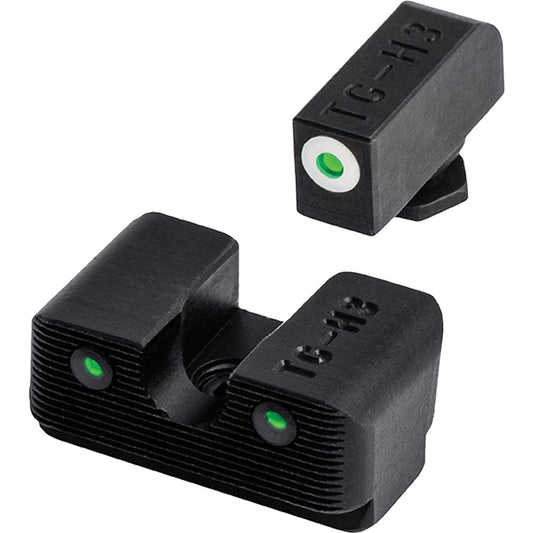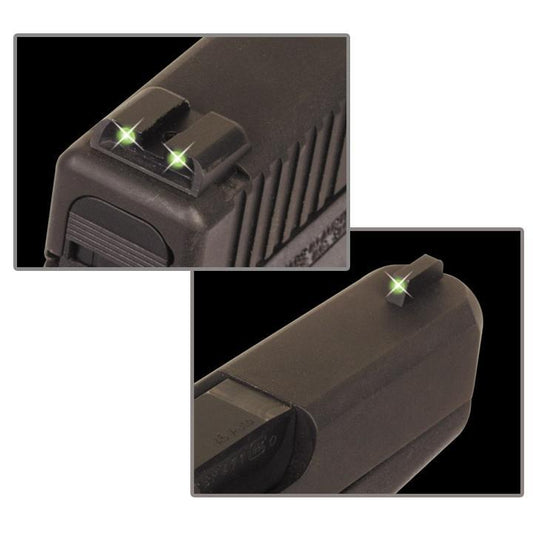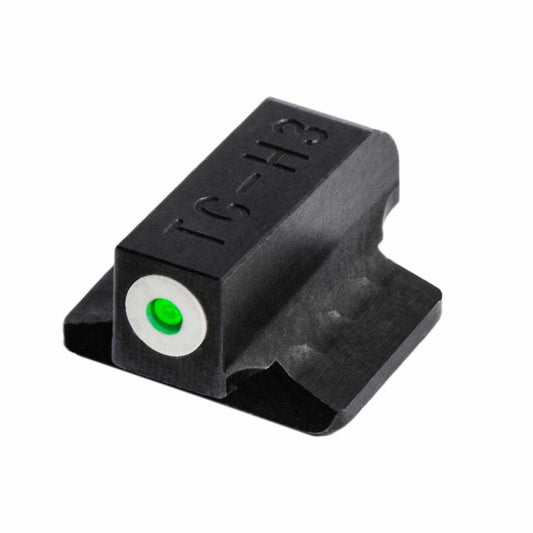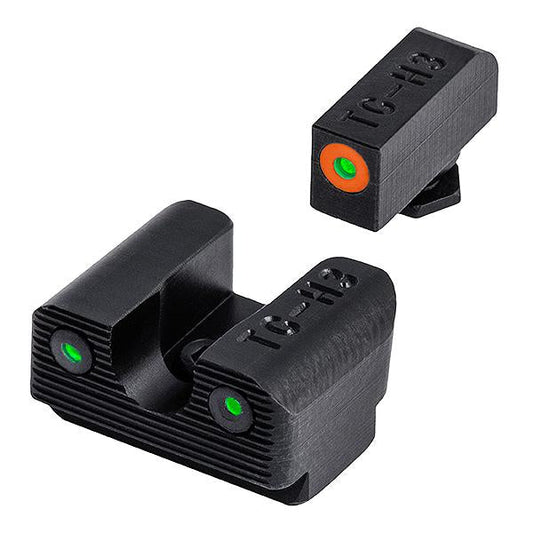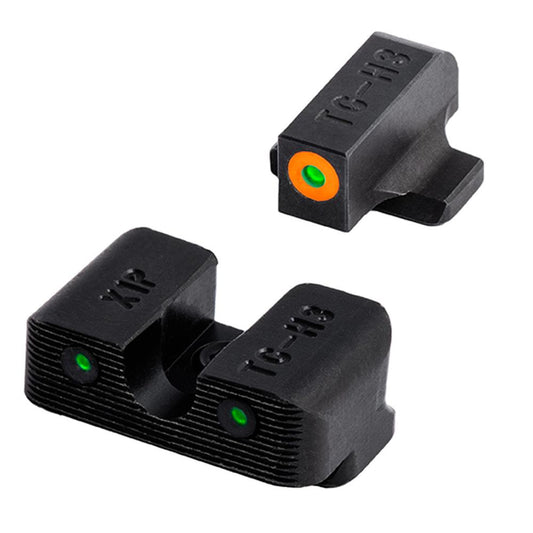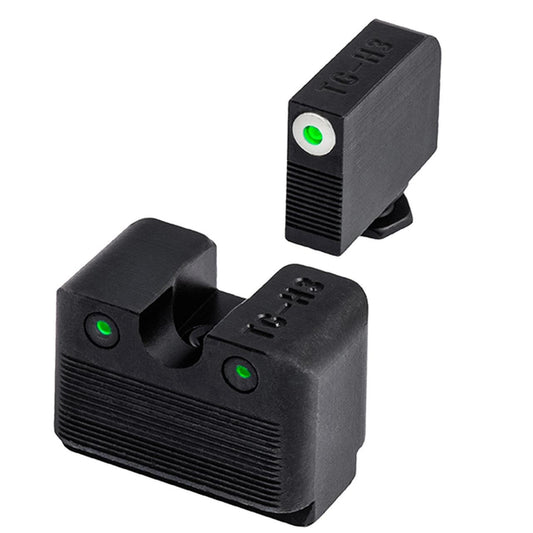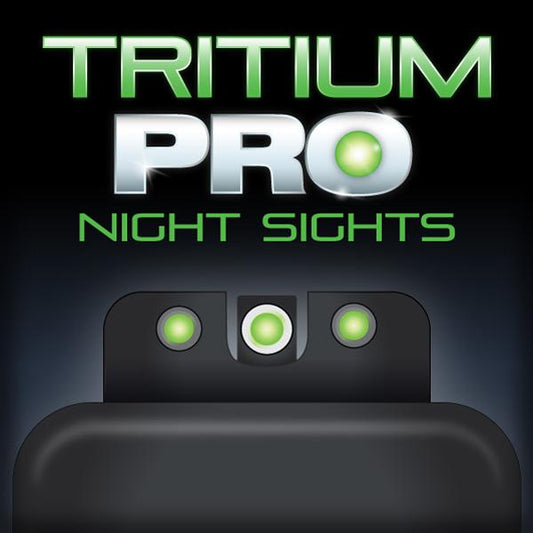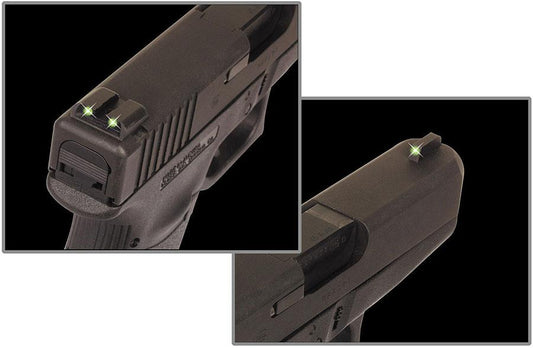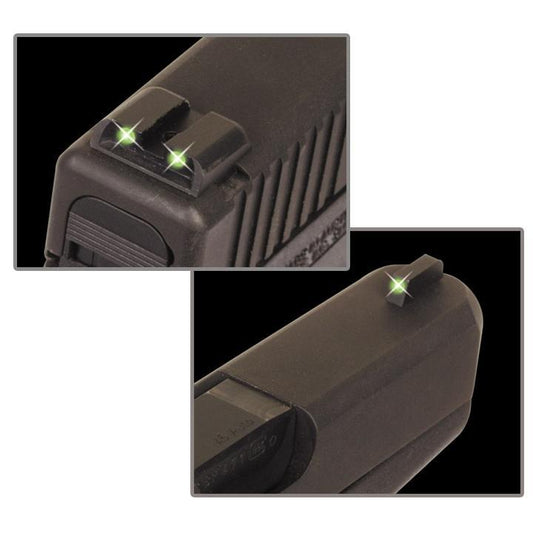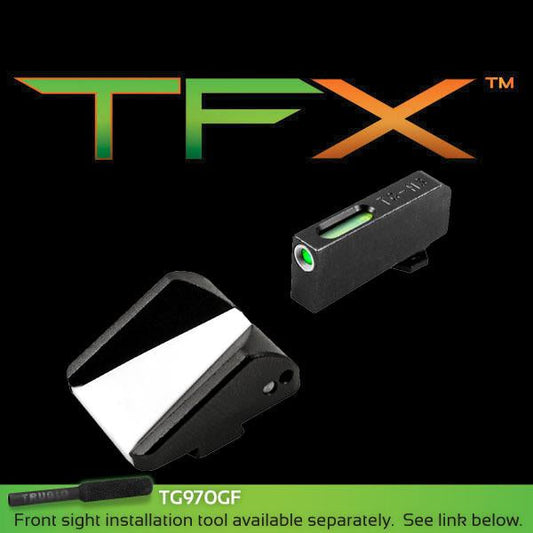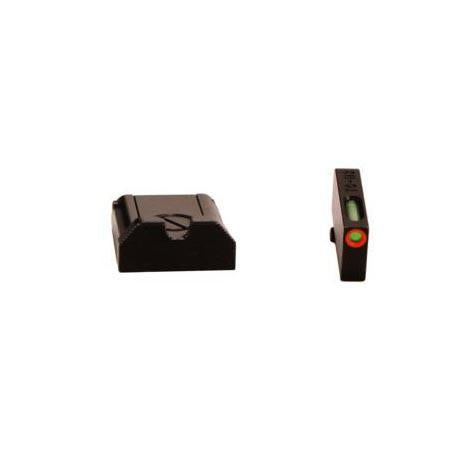Night Sights for Glock Pistols | Glock Tritium Sights
- Featured
- Best selling
- Alphabetically, A-Z
- Alphabetically, Z-A
- Price, low to high
- Price, high to low
- Date, old to new
- Date, new to old
- Featured
- Best selling
- Alphabetically, A-Z
- Alphabetically, Z-A
- Price, low to high
- Price, high to low
- Date, old to new
- Date, new to old
Night Fision Costa Ludus Night Sight Set Yellow Front Black Back for Glock
Ameriglo Classic Tritium NIght Sight Set 3-Dot for Gen5 Glock 17 19 19x 26 34
Ameriglo 4XL Tritium Night Sight Set for Glock Green with White Front Black Rear
Truglo Tritium Pro Sight Set Green with Orange Front and Green Back for Glock
Truglo Tritium PRO Glock 17 19 22 23 24 26 27 33 34 35 3 & 39 MOS LOW Set Orange
Truglo Tritium Night Sights For Glock 42/43/43x/48 Front Green Rear Green
Need better visibility in low light or nighttime conditions? Upgrading to night sights can make a big difference in how fast and accurately you shoot. Whether you use your Glock for home defense, everyday carry, or range days, Glock night sights provide the visibility and confidence you need when it matters most.
Our collection of tritium Glock sights includes top-rated options from trusted brands like Trijicon, AmeriGlo, and Meprolight. These sights use tritium—a self-illuminating material—so you can aim clearly even in total darkness. They're easy to install, built to last, and designed to keep you on target no matter the conditions.
Why Choose Tritium Night Sights for Your Glock?
-
Constant Illumination: No batteries needed—tritium glows 24/7 for up to 12 years.
-
Faster Target Acquisition: Bright front dots and clear rear alignment help you aim quickly.
-
Built for Glock Pistols: Choose sights specifically designed to fit Glock models like the 17, 19, 43X, and more.
-
Durable Materials: Made from rugged steel and designed to withstand everyday carry or hard use.
Top Brands We Carry
We stock night sights from leading optics manufacturers known for their quality and performance:
-
Trijicon – Known for ultra-bright sights and military-grade reliability.
-
AmeriGlo – Affordable, effective sights trusted by professionals.
-
Meprolight – Israeli-made sights with strong brightness and rugged design.
Glock Models Supported
Our night sights are compatible with a wide range of Glock models:
-
Glock 17, 19, 26, 34 (9mm)
-
Glock 22, 23, 27, 35 (.40 S&W)
-
Glock 43, 43X, 48 (Slimline models)
-
And more!
Not sure what fits your Glock? Check out our Glock Sight Fitment Guide to make sure you get the right pair.
Shop Glock Night Sights with Confidence
We know reliability matters, especially when it comes to your self-defense setup. That’s why we only carry Glock night sights from brands we trust. Our selection is backed by solid warranties and real customer reviews to help you buy with confidence.
Browse now and upgrade your Glock with night sights built for better visibility, quicker aim, and long-lasting performance. Need help deciding? Our support team is here to help you choose the right sights for your setup.
Shop now and take the next step toward confident, low-light accuracy.

